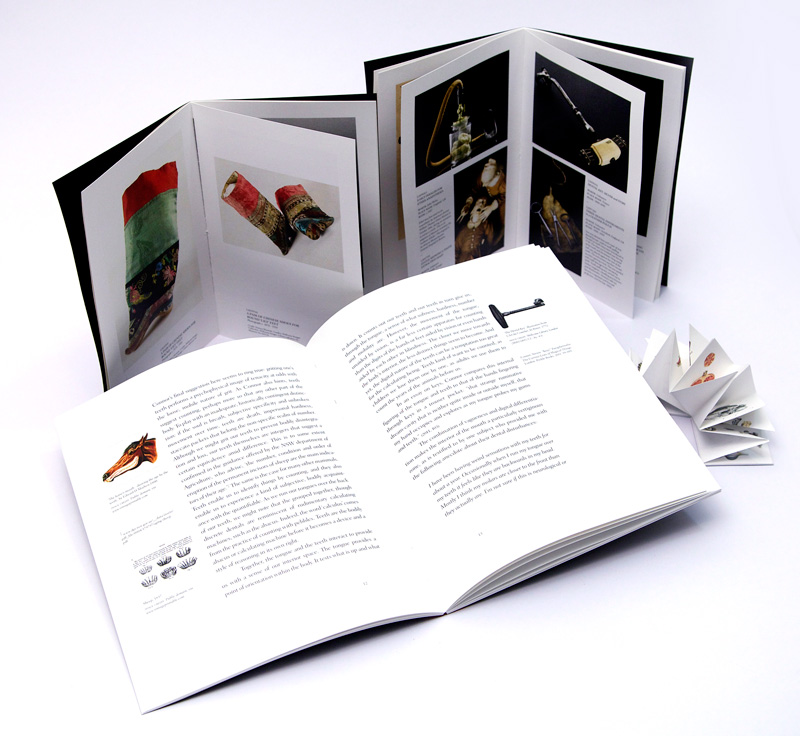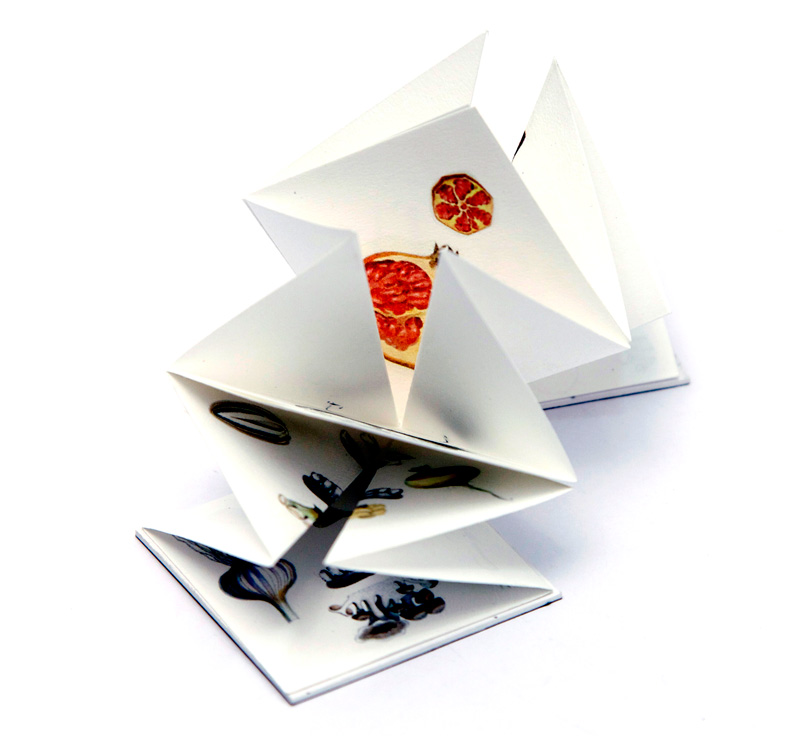Zoë Sadokierski: As Tom started writing about feet, across town I was mulling over hands. A few years ago I became obsessed with a chapter of Richard Sennett’s book The Craftsman about the ‘intelligent hand’ of the maker (e.g. carpenter, designer, computer programmer). Craftspeople think through making; actively using our hands, we feel out how things are, and how else they could be — our hands tell us different things than our eyes.
Whenever I find myself frozen in a period of creative inertia, I return to the relationship between the head and the hand. It reminds me that favouring my head (thinking) over my hand (making) renders me immobile. I cannot plan out what I want to make in my head then simply execute it with my hand. As I begin to materialise ideas – sketching, collaging, designing on the computer – they invariably look different in the physical world than they do in my mind. At this stage of the creative process, my thinking has to progress while I’m making. My creative process is always cyclical: thinking and making, making and thinking.

Just as I was returning to hands, trying to feel my way out of a creative rut, Tom presented me with feet. Tom and I often find strange synergies in our current fixations. In 2012 Tom was writing about naughtiness as I was thinking about tricksters. I turned his essay, ‘A Poetics of the Naughty’, into an illustrated zine. Later that year, Tom was writing about burrs, burrows and barbed-wire as I was playing around with the link between paragraphs and paddocks (via Murray Bail’s novel Eucalyptus). We joined these sibling projects through a visit to Tom’s farm in early 2013, with our colleague Jacquie Kasunic. We spent a few days walking the paddocks, talking, writing, photographing and sketching, which resulted in an exhibition and book called Words from the First Walk.
For Analogue Bodies, we tried a more cyclical collaboration, each of us thinking and making, making and thinking, inspired in part by what the other was up to. Tom moved from feet to teeth, and I started my own research into body parts. We sent each other emails and met in person to share our discoveries, driven by faith we’d end up with something like a book.
Tom’s essays draw upon ideas and writing from a variety of sources: contemporary philosophers, the NSW Department of Agriculture, anecdotes from friends. Likewise, my design draws together visual material from the public domain. Unless otherwise credited, I’ve sourced all the images that appear in this collection from on-line repositories or image archives, for example: Wikimedia Commons, Vintage Printable and the Wellcome Library. What the images have in common, other than relating to feet, teeth or bodies, is that they are royalty free, because they are either in the public domain – meaning the copyright has lapsed – or they have been made available under the Creative Commons licenses – the copyright owner has made them available to reproduce for free, with specific conditions. The licenses I’ve relied on to source the images in this collection stipulate that the copyright holder is acknowledged and users must declare if they have altered the images, and if so, share the altered images under the same license.
I have manipulated most of the images – editing, cropping, colour correcting, collaging – to make them relate to Tom’s essays and the broader project themes, and aesthetically fit in with the design of the books. Rather than hiding these image credits in a list at the end of the books, I have made a feature of them, running the credits alongside the images as both captions – it’s often interesting to note the year the images were originally produced – and to draw attention to the fact that I am actively experimenting, using other people’s images as illustrations, rather than my own.
As a professional illustrator, using other people’s images is a new way of working. I function more as an editor than a creator, and it challenges the way I respond to Tom’s writing – finding images that could expand or elaborate on his words, rather than imagining and generating them myself. Collaboration encourages risk taking. We dance around each other, trying to find a rhythm for this new work, both in the way it is created – when accustomed to working alone, partnering takes practice – and in the way the two voices come together on the page.
Sam Twyford-Moore invited us to present something at the Emerging Writers Festival. We see this as the first part of an ongoing project, with no foreseeable endpoint: Tom has taunted me with promises of saliva, moles, nipples and eyebrows. Who knows what will happen next.
There are six books (so far). The main book three main chapters: our co-written introduction, Tom’s essays on feet and teeth. Five ‘anti-chapters’; smaller books made in response to Tom’s essays: a flower fold book, a concertina book and two visual essays in pamphlet form. These anti-chapters belong to the main book like a shadow belongs to a body.














